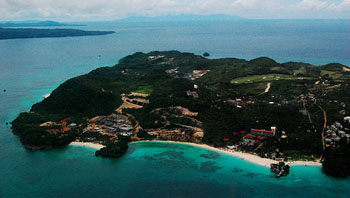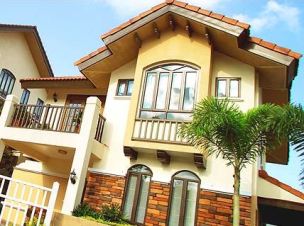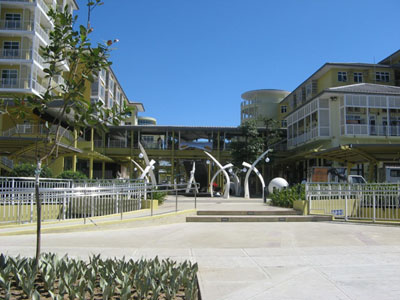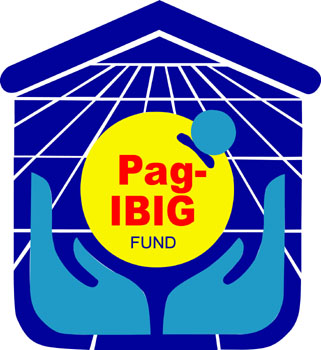Analysts believe that the Philippine real estate sector could be close to reaching the summit of the post-Asian currency crisis cycle, and that demand will last for two or three more years. Appetite for real estate has been whetted by big demand and low interest rates, making it more affordable for people to buy units for their own or for their family. This situation is different from what the real estate sector was like ten years ago, when people only bought property due to speculations that prices will increase throughout the years.
Central bank data shows that as of September 2007, the total real estate exposures of Philippine banks about to Php 220 billion, showing an increase of 2.4% from the previous year. Loans for commercial property development and infrastructure projects made up the most of this amount (79.9% or Php 154 billion) while 20.1% or Php 38.6 billion was allocated for residential units by individual borrowers or homeowners. This improvement is mostly due to rigorous collection, restructure, settlement, and foreclosure efforts.




